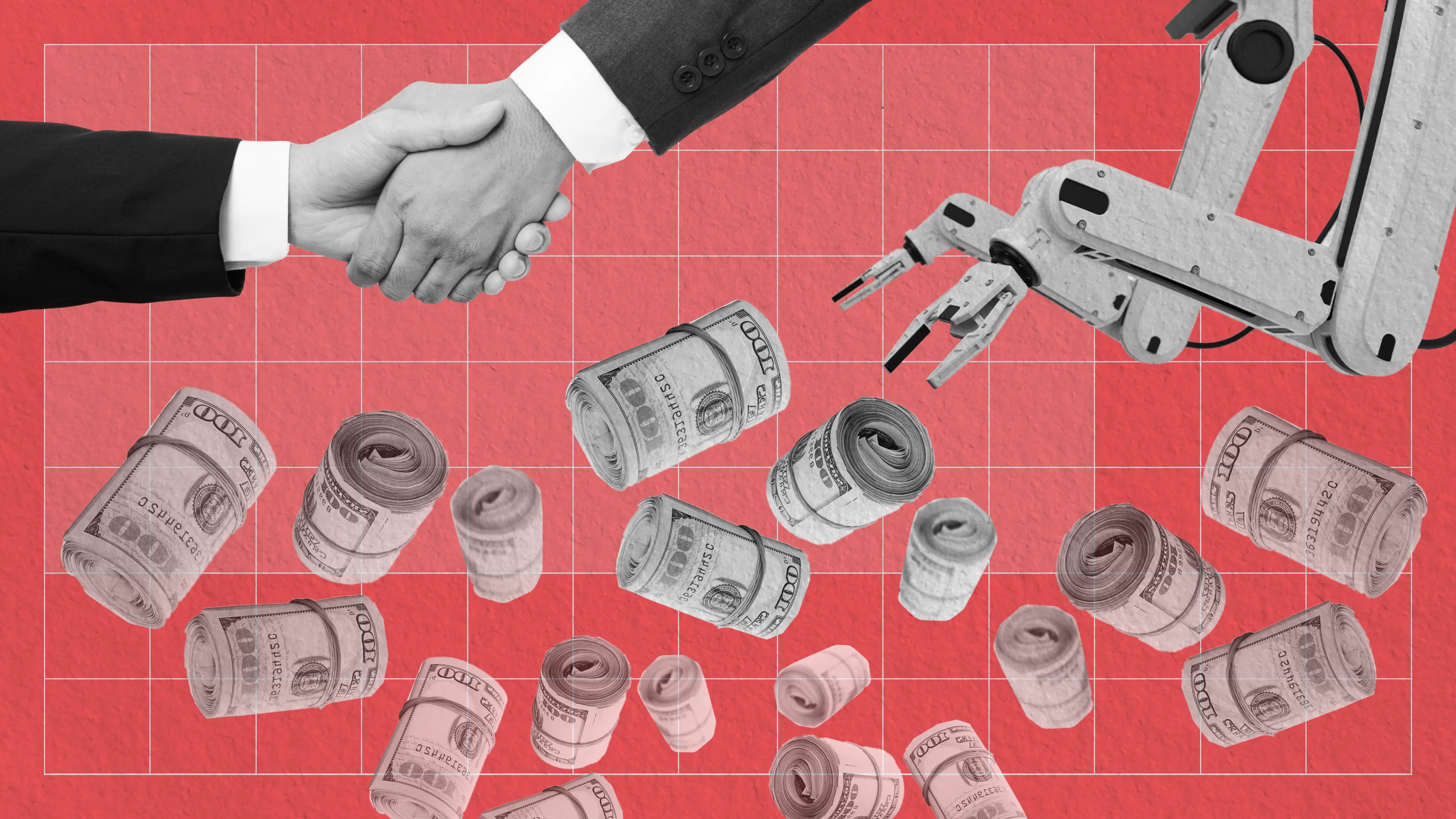In 2025, a strong collection strategy isn’t just an operational necessity; it’s a boardroom priority for you as a leader in banking or NBFCs. Debt collections are no longer about manual calls and field visits; they’re about how efficiently, compliantly, and empathetically you can engage borrowers.
With credit volumes rising across retail loans, credit cards, and microfinance, you face mounting pressure to contain delinquencies. Regulators are tightening compliance requirements, while digital-first borrowers demand seamless repayment journeys. Your challenge is clear: balance recovery performance with borrower trust and regulatory adherence.
By leveraging AI, automation, and predictive analytics, you can recover more quickly, reduce costs, and deliver a better borrower experience. In this blog, you’ll discover the top 7 collections strategies to improve recovery rates in 2025, and how solutions like Vymo’s CollectIQ can help you modernize collections at scale.
Understanding Debt Collection Strategy
Your debt collection strategy defines how you handle delinquent accounts, including segmentation, prioritization, outreach, and escalation.
If you’ve relied on traditional methods, you know the pain points well:
- Repetitive, generic calls from agents.
- Costly and hard-to-track field visits.
- Escalation notices that are delayed or inconsistent.
These approaches create three significant problems:
- High costs – you need large teams chasing overdue accounts.
- Inefficiency – you can’t easily prioritize recoverable vs. low-yield accounts.
- Compliance gaps – you lack traceability and audit readiness.
By contrast, a modern collections strategy gives you:
- Scalability – to handle more delinquencies without higher costs.
- Transparency – with real-time dashboards and audit trails.
- Agility – to adjust outreach dynamically based on borrower behavior.
For you as a BFSI leader, this shifts collections from being an afterthought to becoming a strategic driver of financial stability.
Why You Must Upgrade Your Collections Strategy in 2025
Your collections environment is evolving rapidly. If you rely on old methods, you risk falling behind. Here’s why:
- Digital-First Borrowers: Your customers expect WhatsApp reminders, one-click UPI payments, and flexible EMIs. Without these, you’ll see lower engagement and higher defaults.
- Regulatory Pressures: You’re expected to ensure that every borrower interaction is compliant and auditable. Without centralization, you risk penalties and disputes.
- Business Demands: As a CXO, ZCM, or NCM, you need real-time insights. Monthly MIS reports won’t suffice in today’s high NPA environment.
- Competitive Pressures: Your peers who are already adopting AI-led collections are reporting double-digit improvements in recovery rates and reduced field collection costs.
If you don’t act, you risk losing both efficiency and competitive advantage.
7 Collections Strategies to Improve Recovery Rates
1. Use AI to Prioritize High-Impact Recovery Cases
Not all accounts are created equal. By using AI, you can analyze repayment history, borrower demographics, and behavioral cues to identify which accounts are worth your team’s attention.
What it means for you: Your agents will focus on high-value, high-probability accounts, boosting ROI per contact. For example, AI can show you that 20% of delinquent accounts contribute to 70% of recoverable value—so you stop wasting time on low-yield cases.
2. Optimize Field Agent Routing and Visibility
Field collections are still vital for high-risk borrowers and larger ticket loans. But poor routing wastes your resources. With intelligent route optimization, your agents can cover more borrowers daily, while GPS tracking gives you visibility into their productivity and compliance.
What it means for you: You save on travel costs, increase borrower coverage, and maintain full visibility into field operations. One NBFC reduced travel costs by 15% while increasing daily visits by 25% by implementing smarter routing.
3. Automate Digital Nudges to Improve Self-Cure Rates
Many borrowers don’t need intensive chasing—they just need timely reminders. By automating nudges through SMS, WhatsApp, IVR, or email, you can get them to self-cure before costly field interventions are required.
What it means for you: You reduce your cost per collection, accelerate repayments, and keep customers satisfied. Institutions using automated nudges have cut field visits by up to 40% for early delinquency cases.
4. Centralize Digital and Field Collections in One CRM
If your digital, call center, and field teams operate in silos, borrowers get inconsistent messages—and you risk compliance failures. A unified CRM gives you a single source of truth, ensuring one seamless borrower journey.
What it means for you: You eliminate duplicated efforts, strengthen compliance, and improve borrower trust. One global bank unified collections under a single CRM and saw both higher borrower satisfaction and improved regulatory audit scores.
5. Use Predictive Analytics for Smarter Escalation
Escalating every overdue account wastes resources and frustrates customers. Predictive analytics helps you distinguish between self-cure borrowers and those who require intensive follow-ups.
What it means for you: Your agents focus only on where intervention is necessary. A regional bank that adopted predictive models reduced unnecessary escalations by 18%, freeing up resources for high-risk accounts.
6. Motivate Agents with Gamification and Incentives
Your collection performance depends heavily on your frontline agents. If they’re disengaged, productivity suffers. With gamification, you create healthy competition, leaderboards, badges, and transparent incentives to drive performance.
What it means for you: Your teams stay motivated, engaged, and aligned with recovery goals. An NBFC that gamified collections saw a 22% boost in agent productivity in just six months.
7. Give CXOs Real-Time Dashboards for Faster Decisions
As a senior leader, you can’t afford to wait weeks for MIS reports. With real-time dashboards, you can see recovery trends, delinquency hotspots, and agent performance instantly.
What it means for you: You make proactive, data-backed decisions—before risks spiral. One global bank used dashboards to cut roll-forward delinquencies by 12% in a single quarter.
Beyond Recovery: Strategic Benefits for You as a BFSI Leader
When you adopt modern collections strategies, you’re not just improving recovery rates—you’re reshaping your organization’s future:
- Customer Trust: You strengthen borrower relationships through respectful, consistent communication.
- Operational Efficiency: You cut costs by automating manual workloads.
- Regulatory Compliance: You stay audit-ready with traceable, compliant workflows.
- Scalable Growth: You can handle more credit volumes without proportional staff increases.
Final Thoughts
In 2025, you cannot afford a reactive or manual approach to collections. Your success depends on adopting AI-powered, automation-driven, compliance-first strategies that improve recovery while protecting borrower trust.
With Vymo’s CollectIQ, you gain everything you need: AI prioritization, predictive analytics, digital nudges, gamified engagement, and real-time dashboards. Together, these tools empower you to recover faster, reduce NPAs, and deliver superior borrower experiences.
It’s time to modernize your collection strategy. Connect with Vymo today.
Request a personalized demo to experience AI-powered collections with Vymo.
FAQs
1. How does AI improve collection strategy performance?
It helps you predict repayment likelihood, prioritize agent time, and maximize recovery efficiency.
2. Why is unified collection management important?
Without it, you duplicate efforts and risk compliance issues. A single CRM ensures transparency, consistency, and visibility.
3. How does Vymo CollectIQ improve recovery outcomes?
It provides AI-driven prioritization, predictive analytics, automated nudges, gamification, and real-time dashboards, enabling you to recover smarter and faster.



